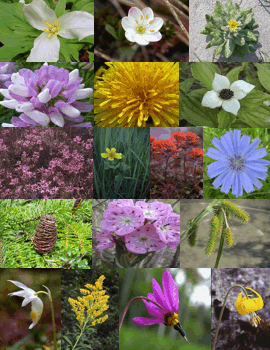E-Flora BC: Electronic Atlas of the Flora of British Columbia
Porphyra cuneiformis (Setchell et Hus) Krishnamurthy 1972
red cellophane Bangiaceae Introduction to the Algae
|
|||||||||||||||||||||
